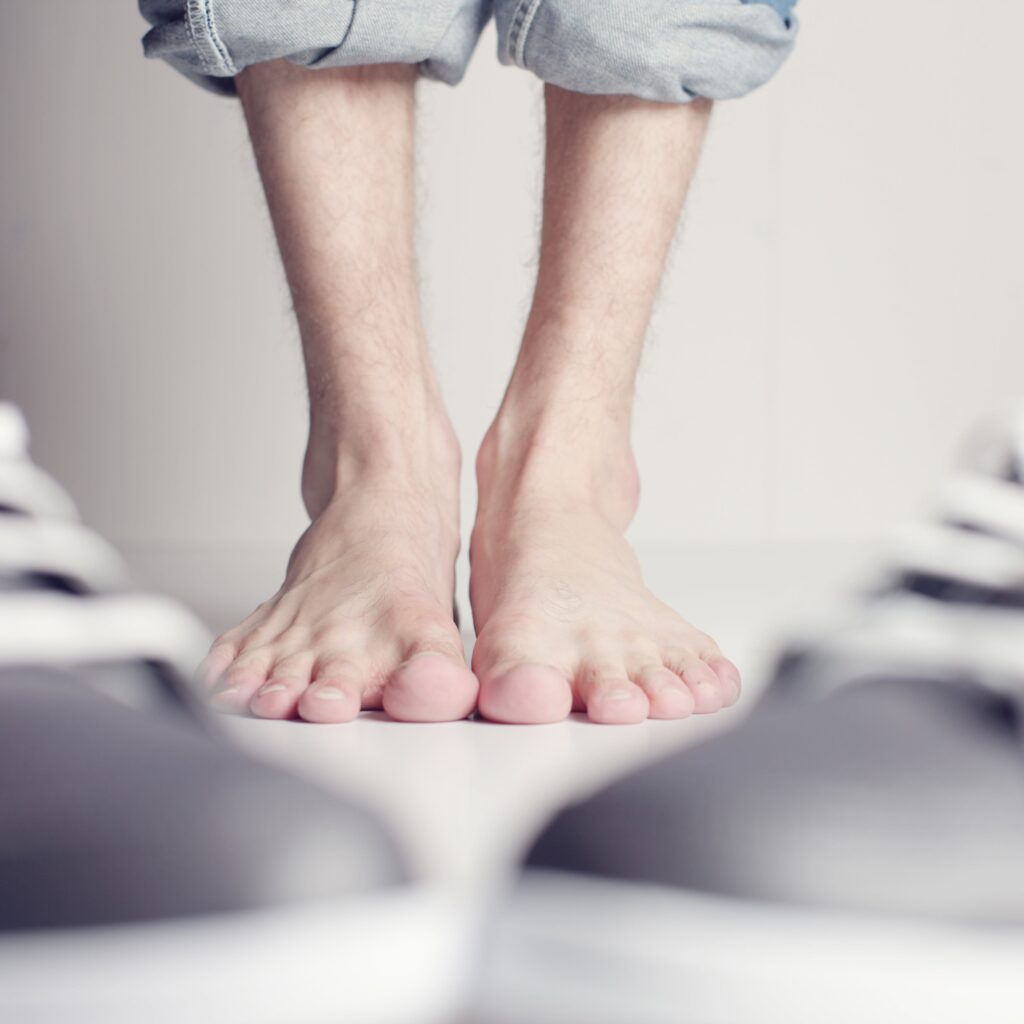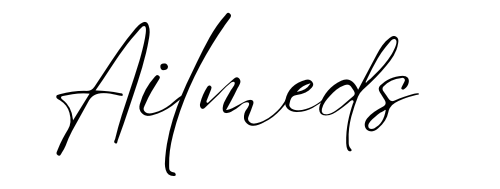Foot Fungus

Foot fungus, often referred to as athlete’s foot (tinea pedis), is a fungal infection that typically starts between the toes. It can cause itching, burning, peeling, and sometimes a slightly foul odor. Several over-the-counter (OTC) antifungal treatments can be effective in treating athlete’s foot:
1. Antifungal Creams: These are typically applied to the affected area once or twice daily.
Terbinafine (e.g., Lamisil AT)
Clotrimazole (e.g., Lotrimin AF)
Miconazole (e.g., Micatin, Desenex)
Butenafine (e.g., Lotrimin Ultra)
Tolnaftate (e.g., Tinactin)
2. Antifungal Sprays and Powders: These can be helpful, especially for those who sweat excessively. They can be used for treatment and as a preventive measure.
Zeasorb: This is an absorbent antifungal powder.
3. Antifungal Wash: Using an antifungal soap can help in treating and preventing recurrence.
4. Hydrocortisone Creams: If itching and inflammation are severe, a low-dose hydrocortisone cream might help alleviate symptoms. However, it’s best to consult with a healthcare provider before combining hydrocortisone with other treatments.
Prevention and Care: Keep your feet dry and clean. Moisture and warmth can promote fungal growth. Change socks daily, or more frequently if they become wet. Wear shoes that are well-ventilated and alternate between shoes daily to allow them to dry out. Use antifungal powders or sprays if you’re prone to foot fungus. Avoid walking barefoot in public places like locker rooms or swimming pools. Wash your hands immediately after touching infected feet to prevent spreading the fungus to other parts of the body.
Important Considerations: Always follow the directions on any OTC product. Most treatments should be continued for a specific duration, even if symptoms improve before completion. If the fungal infection doesn’t improve after several weeks of OTC treatment, worsens, or continually returns, consult a healthcare provider. Some fungal infections can be stubborn and may require prescription-strength treatments.
Other conditions, like eczema or psoriasis, can resemble athlete’s foot. It’s important to get a correct diagnosis to ensure proper treatment.
Consulting a healthcare professional or dermatologist for a proper diagnosis and recommendations tailored to your specific situation is always beneficial.
Related: Foot pain
Additional Information
Risk Factors for Athlete’s Foot
Foot fungus often affects those who frequently wear tight-fitting shoes and have sweaty feet. It is more common in adolescents and adults, especially men. Individuals participating in sports, using communal showers, or working in humid environments are also at higher risk. Knowing these risk factors can help in taking preventive measures against foot fungus.
Types of Athlete’s Foot
There are different types of foot fungus, each with unique symptoms. The interdigital type, usually found between toes, causes itching and scaling. The moccasin type affects the sole and sides of the foot, leading to chronic dryness and scaling. Vesicular athlete’s foot is less common and presents with blisters, typically on the sole. Identifying the type helps in choosing the most effective treatment.
Complications of Untreated Foot fungus
If left untreated, foot fungus can lead to complications like secondary bacterial infections, which might cause swelling and pain. The infection can spread to other parts of the body, including the hands and nails. Long-term, untreated foot fungus can also lead to chronic inflammation and foot ulcers, especially in individuals with diabetes.
Natural Remedies for Athlete’s Foot
In addition to medical treatments, natural remedies can be used as supplementary care for athlete’s foot. Tea tree oil, known for its antifungal properties, can be applied topically. Soaking feet in a solution of vinegar and water may also help, as vinegar has natural antifungal abilities. However, these should not replace conventional treatments but can be used alongside them.
Proactive Measures for Athletes
Athletes, due to their active lifestyle, are more prone to athlete’s foot. They should ensure to dry their feet thoroughly after sweating, wear moisture-wicking socks, and choose well-ventilated shoes. Using antifungal powders in shoes and changing socks regularly during prolonged activities can also help prevent athlete’s foot.
Diagnosis of Athlete’s Foot
To diagnose athlete’s foot, a healthcare professional will examine the affected area and may take skin scrapings. These scrapings can be tested for fungus under a microscope or cultured in a lab. Accurate diagnosis ensures appropriate treatment and rules out other conditions like eczema or psoriasis, which can mimic athlete’s foot.
Best Materials for Socks and Shoes
To prevent athlete’s foot, it’s important to choose socks and shoes made of breathable materials. Socks made of cotton or moisture-wicking fabrics help keep the feet dry. Shoes should also allow for adequate air circulation; materials like leather or breathable mesh are preferable.
Foot Hygiene Practices
Good foot hygiene is key in preventing athlete’s foot. This includes washing feet daily with soap and water, thoroughly drying them afterward, especially between the toes. Moisturizing the feet can prevent dryness but avoid applying moisturizer between toes as it can create a moist environment conducive to fungal growth.
Variety in Over-The-Counter Products for Athlete’s Foot
A range of over-the-counter products is available for treating athlete’s foot. These include different forms like creams, sprays, powders, and washes, each containing various active ingredients such as terbinafine, clotrimazole, or miconazole. It’s important to follow the application instructions for effective treatment.
When to Replace Footwear
Fungus causing athlete’s foot can linger in shoes, so it’s advisable to replace old footwear, especially if worn during an active infection. Regularly disinfecting shoes and keeping them dry can also prevent the recurrence of athlete’s foot.
